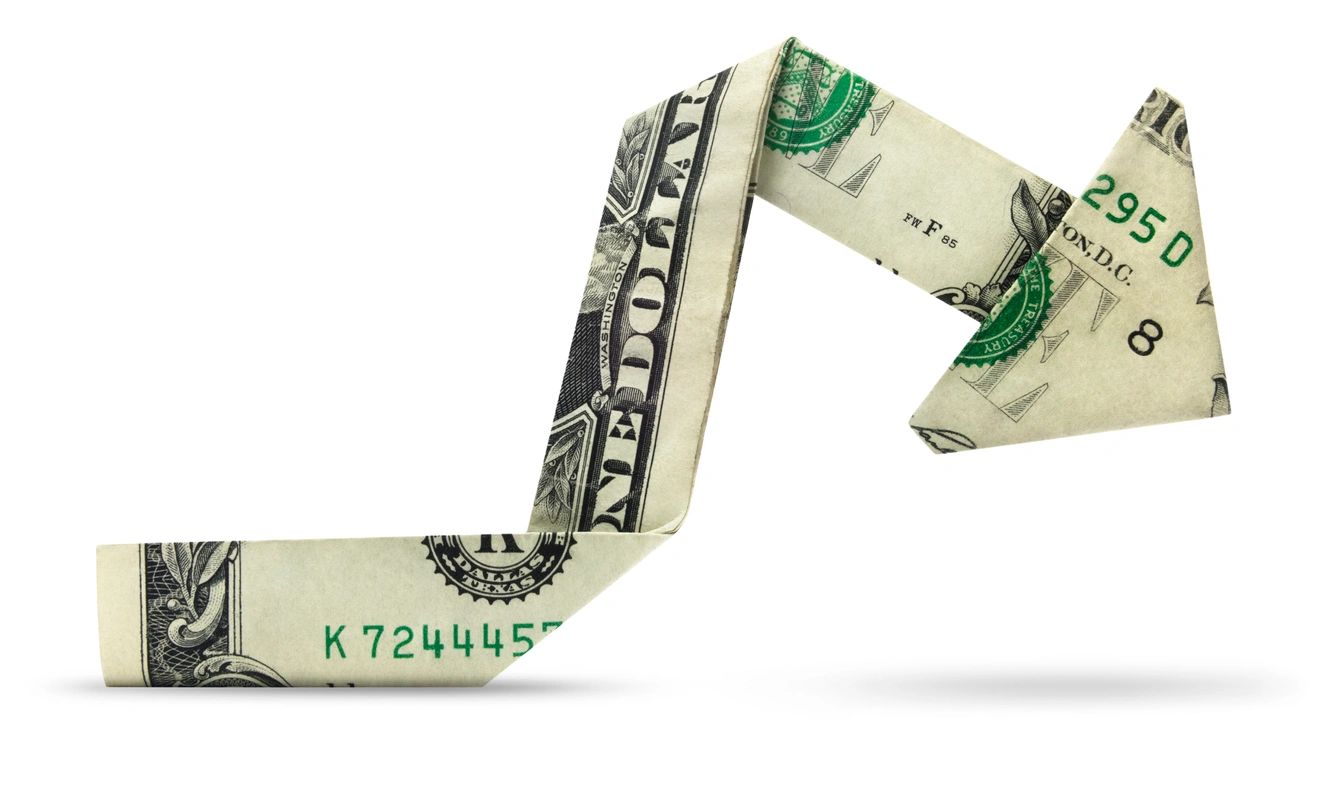Why an Emergency Fund is Essential
Financial security doesn’t come from the size of your paycheck but rather from how well you’re prepared for the unexpected. An emergency fund, or financial cushion, is a dedicated savings account that acts as a safety net, helping you handle life’s sudden twists without financial strain. Imagine being able to face an unforeseen car repair, medical expense, or job transition without worrying about covering basic expenses. That’s the security an emergency fund provides, offering peace of mind and reducing reliance on debt.
How Much Should You Save? Finding Your Ideal Target
The ideal size of an emergency fund depends on several personal factors—monthly expenses, job stability, and dependents. For most people, financial experts recommend setting aside three to six months’ worth of essential living costs. If your income fluctuates or if you work in a volatile industry, aim for a higher target, such as nine to twelve months. Assess your monthly essentials, like rent, utilities, groceries, and transportation, to determine a savings goal that truly reflects your financial needs.
Saving Strategies for Low-Income Earners
Building an emergency fund on a tight budget may seem daunting, but with disciplined strategies, it’s possible. Start small, perhaps by setting aside a modest portion of each paycheck, even if it’s just a few dollars. Automate these transfers to a separate account to make saving effortless and habitual. Look for simple ways to reduce expenses—cutting back on non-essential purchases or utilizing budgeting apps to track spending. Low-income earners can also benefit from supplementing their income with occasional side gigs, putting any extra earnings directly into their emergency savings.
Saving Strategies for Middle-Income Earners
Middle-income earners often have greater flexibility, allowing for a more structured approach to saving. Allocate a percentage of each paycheck to your emergency fund, aiming for at least 10% if feasible. Revisit your budget regularly, adjusting as you pay down debt or receive raises. This group can benefit significantly from tax refunds or bonuses—directing these larger inflows straight to emergency savings rather than spending them on unnecessary items. Building an emergency fund also becomes easier by establishing smart financial habits, such as reducing recurring subscriptions or avoiding impulse buys.
Saving Strategies for High-Income Earners
For high-income earners, the primary challenge isn’t always lack of resources but maintaining disciplined saving habits. While having a higher income can lead to increased spending, staying committed to saving a portion of it is key to a robust emergency fund. Aim to set aside a larger percentage of earnings—around 15–20%—while periodically increasing this amount when possible. Explore high-interest savings accounts or certificates of deposit (CDs) to maximize your fund’s growth. Additionally, evaluating discretionary spending, such as dining out and luxury expenses, can help funnel more funds toward this safety net.
Practical Tips to Build and Maintain Your Fund
Consistency is the cornerstone of a reliable emergency fund. To keep momentum, automate contributions from your main bank account and consider setting small, attainable goals to stay motivated. Regularly reviewing and recalculating your emergency needs, especially after major life events like a job change or family expansion, ensures that your fund remains relevant. Treat this account as untouchable for non-emergencies; this boundary preserves your financial security and prevents unnecessary depletion of your funds.
Where to Keep Your Emergency Fund
Keeping your emergency fund both accessible and secure is essential. High-yield savings accounts are a popular choice, offering interest while maintaining liquidity. Alternatively, consider money market accounts, which may provide a higher return without locking your money away. Avoid keeping emergency funds in investments like stocks or retirement accounts, where fluctuations or penalties could make withdrawing funds difficult in times of crisis. Striking the right balance between accessibility and return can make a significant difference in your financial preparedness.
Summary: A Cushion for Financial Peace of Mind
Establishing a bulletproof emergency fund requires planning, discipline, and patience, but the reward is invaluable: financial peace of mind. By tailoring your savings strategy to your income level and adapting it to life’s changes, you build resilience against unexpected financial burdens. Whether it takes months or years, every dollar saved is a step closer to achieving true financial security. This fund empowers you to handle life’s uncertainties with confidence and focus on long-term prosperity without the constant worry of financial setbacks.
Please like, comment, and share this article if you found it helpful and
informative.
Visit https://bigtownbulletin.com if you would like to see more of this content.
Please like, comment, and share this article if you found it helpful and
informative.
For more news check out Big Town Bulletin News
For more from Big Town Bulletin check out Big Town Bulletin


